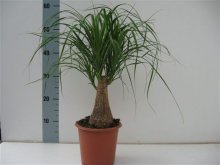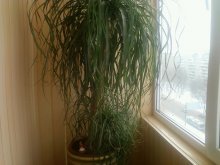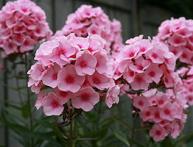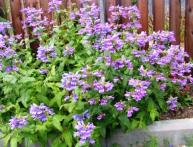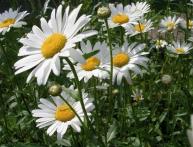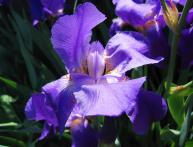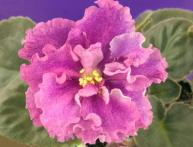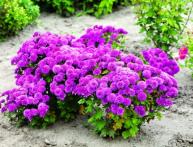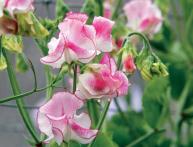Nolina: description, growing conditions and home care
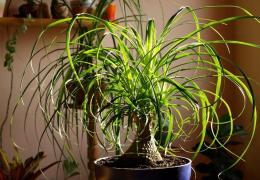
Nolina or Bocarnea is a popular indoor crop from the Asparagus family. Also known as "Bottle Tree" or "Elephant's Foot". Valued for its unpretentiousness and exotic appearance.
Content:
Botanical description of the plant
Nolina is a low tropical tree with a characteristic trunk that widens towards the bottom. Natural habitat: southern USA and Mexico. Nolina's leaves are narrow, long, with pointed ends, gathered in a bunch at the top of the head. The characteristic thickening in the lower part of the trunk, or scientifically called caudex, serves as a kind of reservoir for moisture.
It is this that helps the tree survive in the absence of water for a long time. In nature bocarnea It begins to branch only after flowering. It is almost impossible to achieve it at home. Therefore, to form a beautiful branched trunk, a haircut is used. A well-developed and correctly formed nolina is quite expensive.
Growing conditions
Nolina is not a whimsical plant; it does not require any special growing conditions. Even a child or a person completely far from floriculture can take care of it.
Lighting
Nolina prefers southern windows with plenty of sunlight; she can also develop quite well in light partial shade.In order for the plant to continue to develop in winter, it is necessary to organize additional lighting with fluorescent or special phytolamps. In summer, the plant can be taken out onto the balcony or into the garden.
Temperature
Nolina feels great both during the summer heat and at room temperature temperature. In winter, at a temperature of 20-25°C, the plant continues to vegetate. The main thing is to protect it from cold drafts.
Home care
Growing a large nolina tree at home is quite simple. With good care, a small tree turns into a spectacular outdoor plant in 5-7 years.
Watering
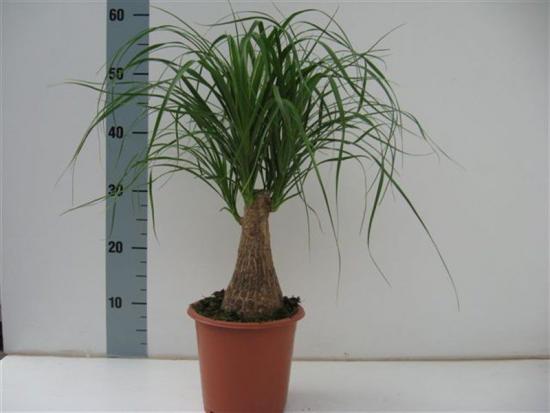
During periods of intensive growth, bokarnia is watered abundantly, but rarely. The best way to do this is by immersion. To do this, the pot with the plant is lowered into a container of water. After the soil is completely wet, the pot is pulled out and excess water is allowed to drain.
The next watering is carried out only after the earthen clod has completely dried. It is better to dry out Nolina than to overfill it. Even slight waterlogging can easily lead to the death of the plant. If wintering is cool, the plant is practically not watered during the winter. The moisture stored in the caudex is enough for him.
Spraying and fertilizing
Bocarney does not need additional spraying. Once a month, the plant needs a warm shower for hygienic purposes or simply gently wipe the leaves with a damp sponge.
When selecting the appropriate soil fertilizers the plant is not required. However, if there are errors in the maintenance conditions, nolina can be fed with any complex mineral fertilizer for indoor plants in half the dose.
Transfer
Beaucarney is replanted as it grows.It is best to choose a wide and shallow pot for this plant. This feature of the choice is due to the fact that the root system of nolina is superficial. This is due to the fact that under natural conditions it grows on rocky soils. A layer of drainage must be poured onto the bottom of the planting container.
Video about proper plant care:
The soil is made up of sand, leaf soil and peat, taken in equal parts. You also need to add small pebbles to it. Up to 5 years of age, plants require annual replanting; for older trees, one replanting every 3 years is sufficient. Attention! During transplantation, the plant is planted at the same depth, and the first watering is carried out no earlier than 4-5 days later.
Various methods of reproduction
Nolina can be propagated at home by seed or vegetative methods.
Seed method
You can often find it on sale seeds nolins. Growing them into a full-fledged adult tree is not so difficult. The main thing is to be patient, since growing nolina from seeds is a rather lengthy process.
You can prepare a soil mixture for sowing yourself from equal parts of river sand and peat, or use universal soil for growing indoor plants.
Before sowing, the seeds are soaked for 12 hours in warm water with a germination stimulator. For example, Epin or Zircon show good results. After preliminary preparation, the seeds are sown to a depth of no more than 0.5 cm.
To create a greenhouse effect, the sowing container is covered with a piece of plastic film. The optimal temperature for germination is from 20 to 25°C. After about a month, the first shoots begin to appear.Caring for them involves systematic watering.
Reproduction by lateral shoots
Bocarnea can also be propagated by lateral shoots that appear on the trunk of an adult plant. To do this, they are carefully separated from the mother tree and planted in a mixture of sand, peat and vermiculite. The container with the shoots must be placed in a plastic bag and placed in a well-lit place with a temperature of not +25°C.
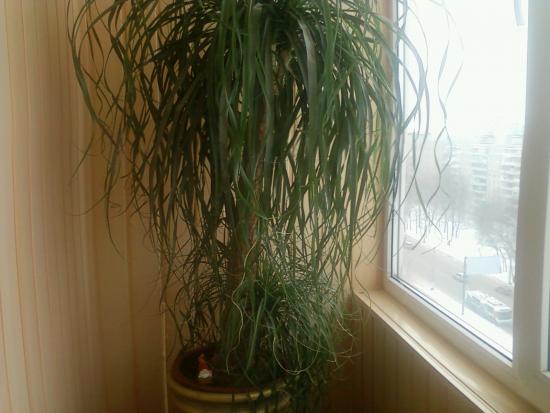
The cuttings need to be ventilated from time to time; it is also necessary to monitor the soil moisture and, if necessary, moisten it in time. The rooting process can last over a month. After on cuttings The first young leaves will appear, remove the package and then take care of them in the same way as adult plants.
Growing nolina on your windowsill is not at all difficult. This unpretentious plant requires minimal care.

